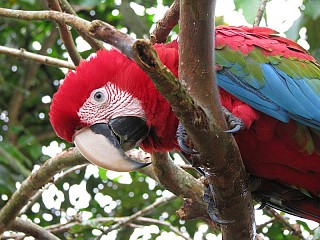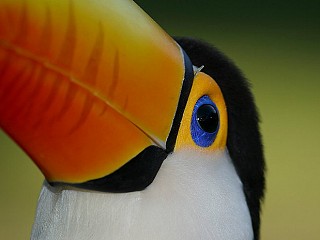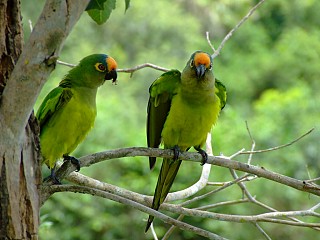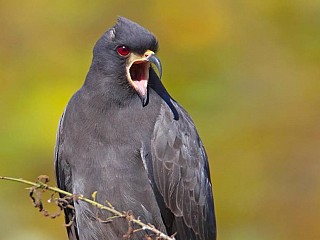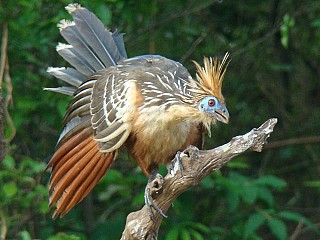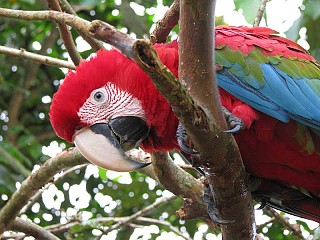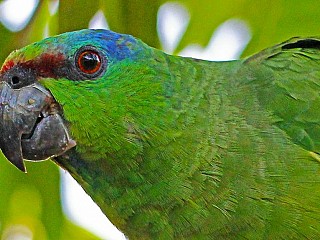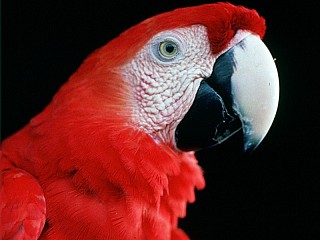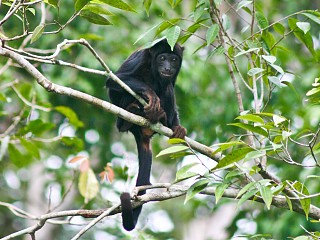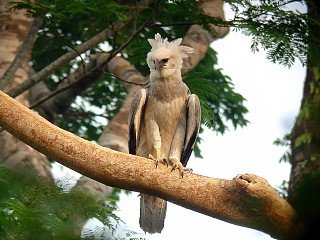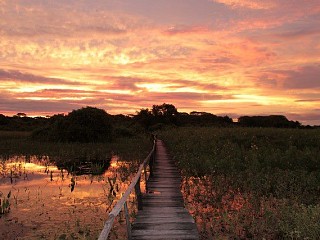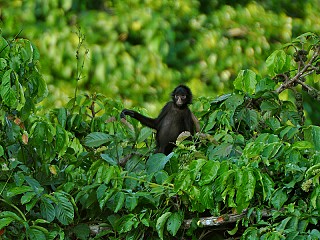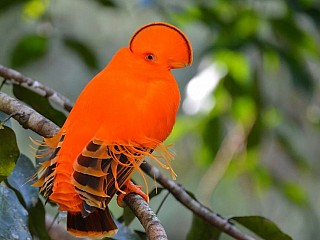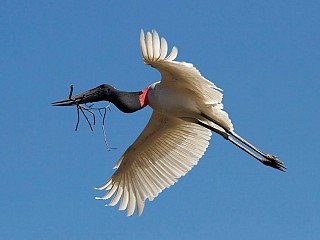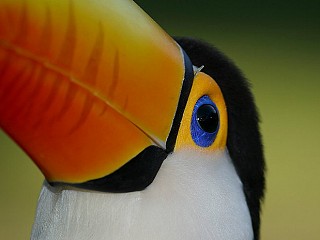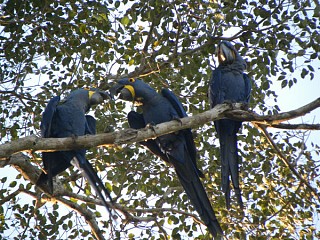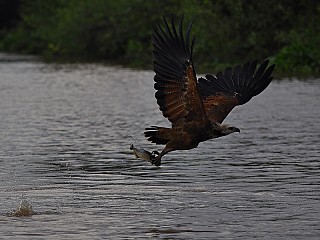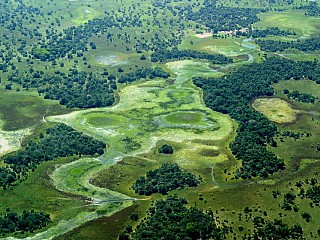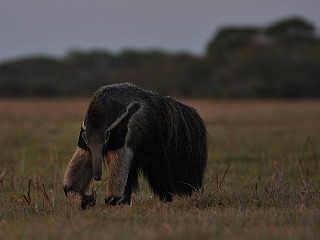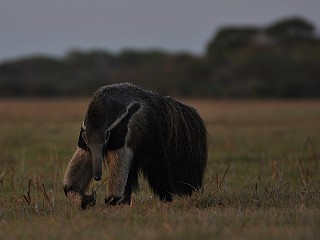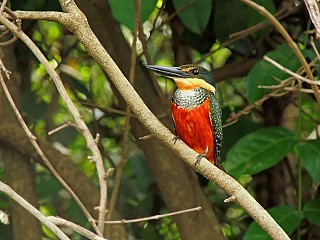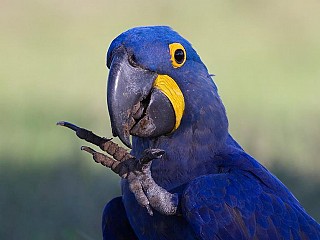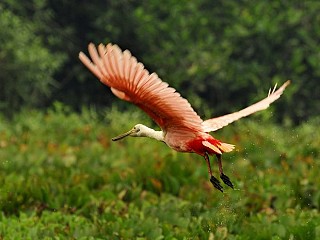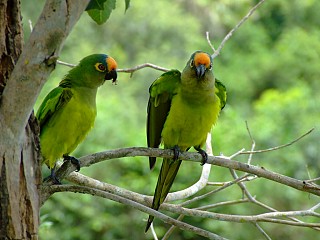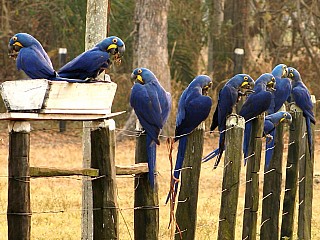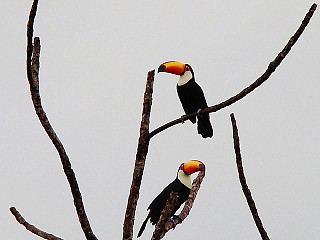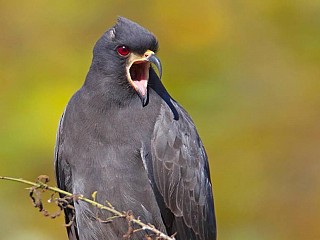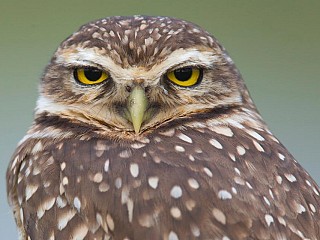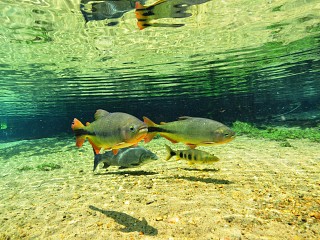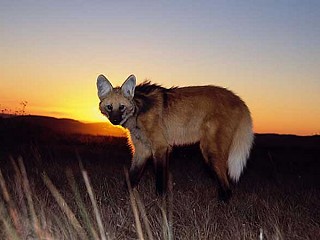The Atlantic Forest or Mata Atlântica in Portuguese, stretches along Brazil's Atlantic coast, from the northern state of Rio Grande do Norte south to Rio Grande do Sul. Included in this region is the offshore archipelago of Fernando de Noronha and several other islands off the Brazilian coast, very famous for their beautiful beaches and local flora and fauna. Long isolated from other major rainforest blocks in South America, the Atlantic Forest has an extremely diverse and unique mix of vegetation and forest types creating an ideal environment for birds. This is why it has the highest number of endemic bird species in the World (over 160 species).
In the Atlantic Rainforest, you can also find the Chapada Diamantina, which offers an immense and spectacular series of cliffs and chasms that compromises a less arid version of Monument Valley, or perhaps even the Grand Canyon. As it’s geographically isolated in the interior of Brazil, deep within the state of Bahia, this national park is home to several endemic bird species, including the Hooded Visorbearer, Diamantina Tapaculo, and Sincorá Antwren. In addition, it serves as the meeting point of several unique biomes – the Cerrado, Atlantic Forest, and Caatinga – making it one of the more diverse sites for birding in the country.
When visiting Chapada Diamantina, you can stay in different towns nearby: Caiteté, Ibicoara, Mucugê, and Palmeiras.
Ibicoara: Is the spot where you can find the Diamantina Tapaculo and there is also a good Sincorá Antwren site outside of town. You are also able to spot groups of tiny Yellow Tyrannulets, a delightful Tyrannidae as well as an easy one to identify.
Lençois is the usual base for visitors to the Chapada Diamantina. Notable birds seen: Hooded Visorbearer, Violet-Capped Woodnymph, Caatinga Cacholote, Great Antshrike, Campo Troupial, Velvety Black Tyrant, Baywing, Red-Cowled Cardinal.
Palmeiras: Outside of the town of Palmeiras, there is a riverbed bordered by deciduous woodland and tall scrub, where Caatinga endemics like Scarlet-Throated Tanager, Great Xenops, Caatinga Antwren, and São Francisco Sparrow are regularly spotted. The site is easily accessible by road, and while there’s a bit of truck and motorcycle traffic, the sightlines are generous and birdsong is well amplified in the narrow valley.
This region definitely warrants a return trip to explore further the sites described above as well as to search for new ones.
Some of the birds that can be seen in the region are listed below:
